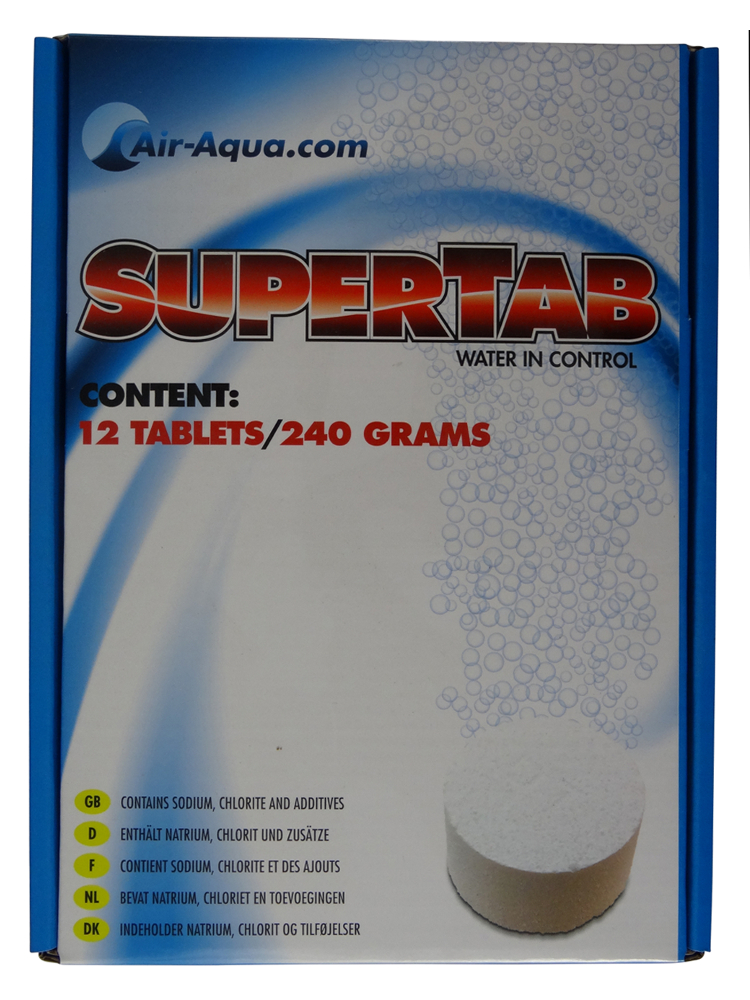

When the composite membrane is used for the preservation of cherries, it is found that the composite membrane with the mass ratio of TP to CS of 3:7 can decrease the rotting rate and mass loss rate significantly, postpone the consumption of soluble solids and vitamin C, maintain the quality of the cherries, and extend the shelf life, thus proving its potential for application in food packaging.ĭuring the cultivation and harvesting of fruit and vegetables, a large number of microorganisms accumulate on their surface. The results show that, compared with the pure PLA membrane, adding TP and CS significantly increases the heat-sealing strength, water vapor permeability, and solubility of the composite membrane. By testing the density, mechanical properties, heat-sealing performance, water vapor permeability, and solubility of the pure PLA membrane and the composite membranes, the comprehensive performance of the composite membranes were analyzed with regard to the actual use value. To study the properties of composite membranes consisting of polylactic acid (PLA), tea polyphenol (TP), and chitosan (CS), the stretch film method was employed to make PLA-TP- CS composite membranes of different concentrations. Similarly, section sixth describes the physiological changes during postmortem processes, while the seventh section focuses on the postmortem treatments of red meat, poultry (white meat), and fish. The fourth section discusses the postmortem processing of red meat, poultry, and fish, and the fifth section discusses the physiological changes during postharvest processes.

The third section deals with the disintegration processes of food materials and inedible materials presented along with them. In the second section, primary postharvest processes are described, which include methods like cleaning, sorting, grading, and peeling. The aim of this chapter is to consider these postharvest and postmortem techniques, so as give a basic understanding of these concepts. When marketed and consumed without processing, these might result in poor and low product demands, human health issues, environmental issues, animal and plant hazards, and therefore, it becomes an important and integral part of food industries and companies to carry out postharvest or postmortem food processing. These can be inedible parts, microbes, or other unwanted organisms or they have varied quality and quantity measurements below industry standards. In addition, the stability of nutritional composition and other bioactive compounds undergoing these processes will be explored.ĭuring production and after harvest or slaughter of crops or livestock, respectively, raw food materials generally tend to obtain a number of different contaminations. The effect of size reduction and conditions on the quality of food commodity will be further discussed. Size reduction is highly necessary to ensure the maintenance and extension of the shelf-life of raw food materials, reduce wastage and loss prior to reaching the manufacturers, retailers, and consumers. This will enable an overall view for food industrialists and create room for improvement at each process and capacity level.

Processing equipment used at different farm capacity levels is further discussed in this chapter.

Similarly, the handling techniques and equipment are different based on the farm capacity, whether it is small, medium, or large scale. These processes are usually carried out at the farm itself, such as cutting, dicing, crushing, grinding, shredding, sheeting and pulping, depending on the type of food commodity involved. Some of raw food materials undergo minimal changes before being packaged for consumers. This chapter explores the postharvest processing of food commodities in terms of size reduction operations. Thus, a continuous supply of commodities such as grains, dairy products, meat, eggs, sugar, fruits and vegetables are required to meet the current demand of an increasing world population. Food commodities are extremely important for human consumption.


 0 kommentar(er)
0 kommentar(er)
